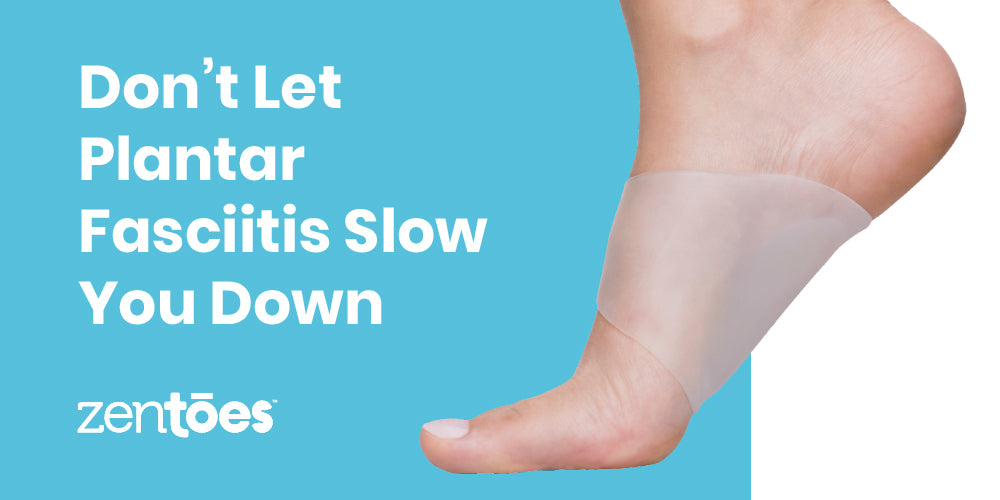Have you ever sat on the edge of your bed in the morning and dreaded taking that first step? If you’ve been sitting for a long time, does the idea of standing up and moving again make your feet hurt at just the thought? If so, you may have plantar fasciitis. Although foot pain can be the result of many other things, if you have pain in your heel and experience certain symptoms, it could be due to plantar fasciitis.
Plantar Fasciitis – What Is It?
Plantar fasciitis results when a band of tissue along the bottom of your foot becomes inflamed. This band extends all the way from your toes to your heels. It is often the result of faulty structures in the feet, such as feet with high arches or overly flat feet. However, it can also result when a person doesn’t wear supportive footwear and spends a lot of time standing on hard, flat surfaces. Overuse and obesity can also contribute to plantar fasciitis.
Symptoms and Diagnosis
Symptoms of plantar fasciitis include pain on the bottom of your heel, pain in the arch of your foot, pain that increases over a period of weeks or months, pain that gets worse when standing up, and swelling on the bottom of your heel. People with plantar fasciitis often say that the pain is worse when getting up in the morning or after they have been sitting for a long period of time. After being up and moving a bit, the pain often decreases because the activity stretches the fascia. For many people, especially if they have had the pain for a while, the pain may subside and then return after being on their feet for a long period of time.
To be diagnosed with plantar fasciitis, you doctor will examine your foot and may perform diagnostic tests such as x-rays or an MRI. This will be to rule out any other possible conditions. Heel spurs are sometimes found in patients with plantar fasciitis, but they are rarely the cause of the pain.
Treatment for Plantar Fasciitis
Although surgery is often an option for plantar fasciitis, there are several other strategies that you can try first. These may include:
- Stretching exercises that will stretch out your calf muscles and the tissue in your feet.
- Avoid going barefoot because it will put undue stress on your plantar fascia.
- Use ice on your heel several times a day to reduce inflammation. Do not apply the ice directly to your skin.
- Cut down on your activities to give your heel a break.
- Wear supportive shoes with good arch support to reduce the stress on your plantar fascia.
If these methods do not work, your doctor may add some of these additional treatment methods to your care:
- Padding, strapping, or taping to soften the impact of walking by supporting the foot and reducing strain to your fascia.
- Order custom orthotic devices that will fit into your shoes to correct structural abnormalities that may be causing the inflammation.
- In some situations, corticosteroid injections may reduce inflammation and relieve the pain.
- A removable walking cast may be used to immobilize your foot to allow it to rest and heal.
- Wearing a night splint will keep your plantar fascia stretched when sleeping and reduce the morning pain.
- Physical therapy may be used to stretch and strengthen muscles to relieve the pain.
Although many patients respond to nonsurgical methods of treatment, a few may need surgery to correct the pain. Your surgeon will discuss these options with you and whether or not they would be beneficial to you.
No matter what treatments you undergo for plantar fasciitis pain, the underlying condition that caused your pain will likely remain. This means you will need to continue using preventative measures. ZenToes offers arch support sleeves that provide support to the structures of your foot to keep the pain at bay, as well as pain relief strips that you can wear over night to keep your plantar fascia stretched to prevent morning pain. In addition, wearing supportive shoes and stretching can be used as the mainstays of long-term plantar fasciitis treatment. You don’t have to live with the pain.


